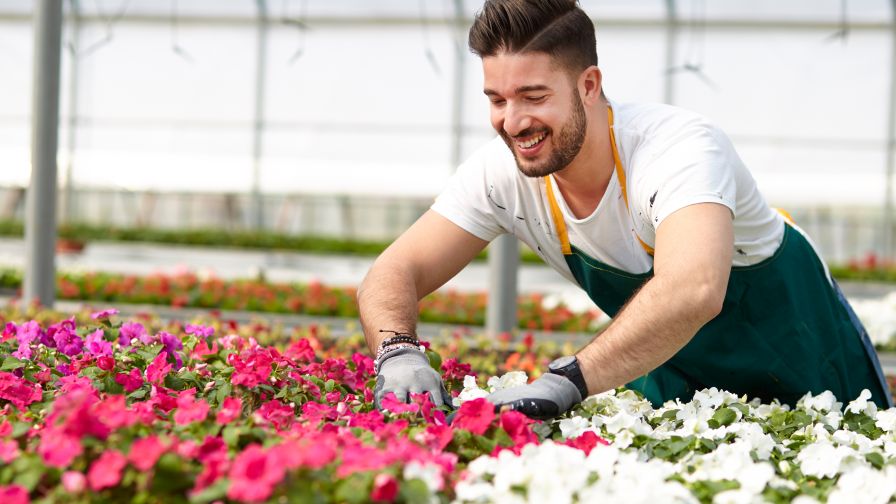The Commercial Success of Licensing Plants That Combat Climate Change

Climate-ready plant trials | Dr. Loren Oki, UC Davis
The increasing environmental stresses brought on by climate change are causing the collapse and loss of many native plant species around the world. Additionally, beyond extreme weather scenarios (including heat, drought, and storms), climate change is also exacerbating the proliferation of pests and diseases. So, what can be done to rectify this issue?
Mark Brand, a horticulture professor at the University of Connecticut, believes a possible solution can be found by creating and licensing plants that are better able to withstand the various effects of climate change.
The Purpose of Licensing Plants
Licensing agreements are ways for plant breeders to provide growers with new plant varieties to grow and sell. According to FarmProgress, growers then pay royalties on the products that are reinvested into the breeding program. Additionally, many licensing agreements contain clauses and terms that prevent unauthorized production and distribution of the variety.
Many new varieties are developed to possess and display improved traits compared to the original and past incarnations, such as superior disease protection and enhanced yields. The traits that Brand aims to achieve are those regarding climate change resistance.
Plants That Can Fight Climate Change
“I’m trying to create plants that can replace a lot of the plants that we seem to be losing due to climate change, drought, heat, and insects and disease issues that are becoming worse under climate change conditions,” says Brand.
One example the professor gives is ash trees. Not only are these species less prevalent in landscapes but also exhibit much shortened lifespans due to climate change effects. “Many species don’t seem to live as long as they used to because now they get a particular disease or insect problem, but in the past, you used to get them to grow to be a 50-foot tree. Now, they’re only a 20-foot tree before they succumb,” he says.
Brand has primarily focused on developing new varieties of native plants. While these types of plants aren’t as colorful and showy as many consumers would prefer, they serve the important purpose of perfectly adapting to the local climate. Native plants are suited to their natural habitat regarding surviving weather patterns, adapting to soil conditions, providing for native species (food, pollen, nectar, seeds), and being resistant to regional insects. Meanwhile, non-native plants provide little benefit to their surroundings beyond looks and often can only survive through extensive pest control measures.
Additionally, the U.S. Department of Agriculture (USDA) notes that native plants require less upkeep, fewer pesticides, and can help to reduce air pollution.
Recently, Brand’s lab introduced the NativeStar series of improved shrubs. According to UConn Today, his breeding practice for new plant varieties employs “ploidy manipulation, mutation breeding, and interspecific and intergeneric hybridization.”
However, the development process is not always a sure thing.
“When you grow the seedlings up it’s like opening presents, you never know what you’re going to get,” says Brand. “You could bomb on everything, and it doesn’t work, and other times it’s fascinating seeing what you get as plants grow, reach maturity, and start flowering.”
Compensation from Combating Climate Change
Brand’s early experiences with licensing plants gave him a realization about finding funding to continue breeding programs. “I had a royalty stream of income coming in so I could continue my work. It opened up my ability to get my plants patented and licensed.”
Past breeds from Brand while working with UConn’s Technology Commercialization Services (TCS) have helped him license plants with programs from Ball Horticulture, Better Homes & Gardens, First Editions, Proven Winners, and Walmart. Now, the professor’s current work developing new climate-resistant plants creates continued income for his professional passions while providing ways for native plants to fight back.
“In a broad sense, pretty much everything that I’ve been breeding or developing has been to help promote and foster greater landscape plant use, which can only help when it comes to the condition of the climate.”










